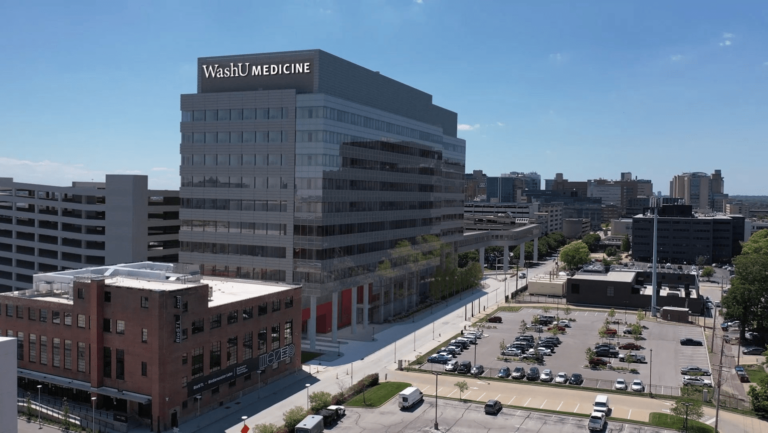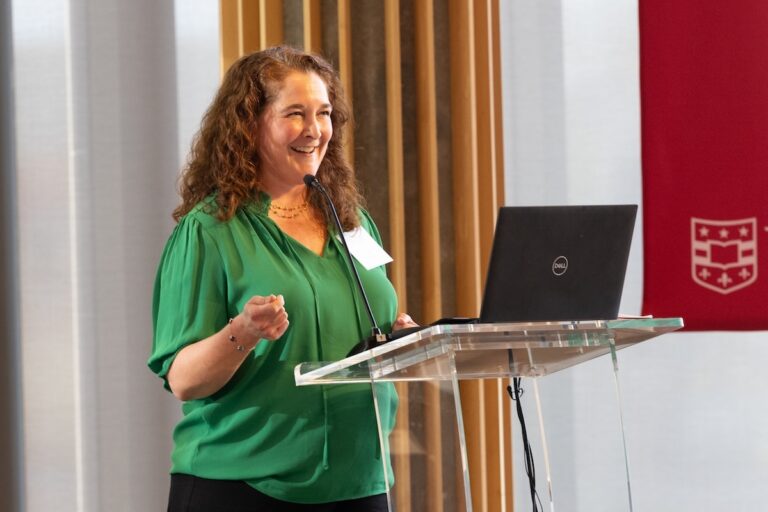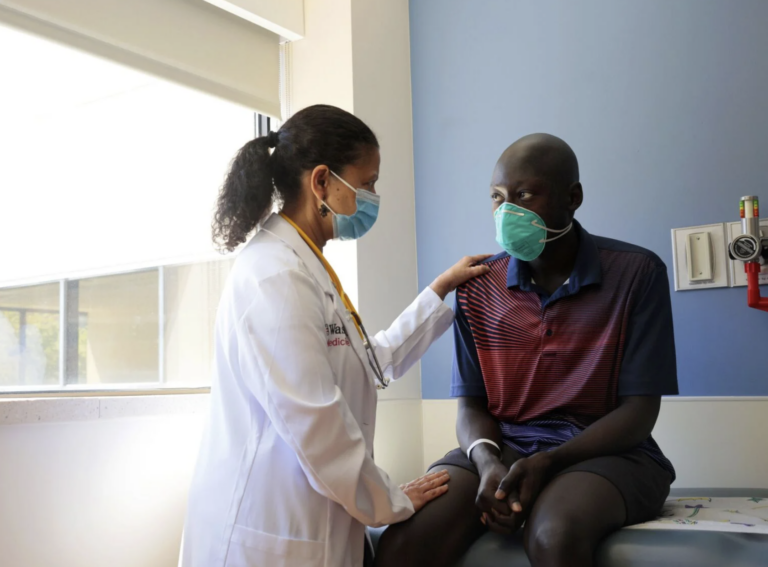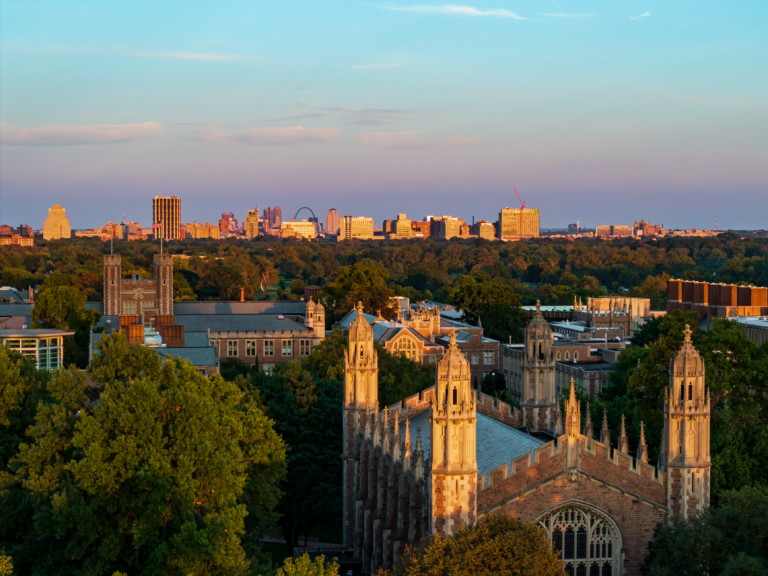St. Louis neuroscience bid seeks $160M NSF grant to boost regional innovation economy
A $160 million grant proposal submitted last week could establish St. Louis as a nationally-prominent location for neuroscience research, and officials involved in the bid believe there’s reason for optimism that the region could win the award. The region’s bid proposal was unveiled Tuesday during a summit hosted by Neuro360, a regional neuroscience coalition, at Washington University. The region’s bid for the grant is being led by regional innovation hub BioSTL and Neuro360, along with WashU.









